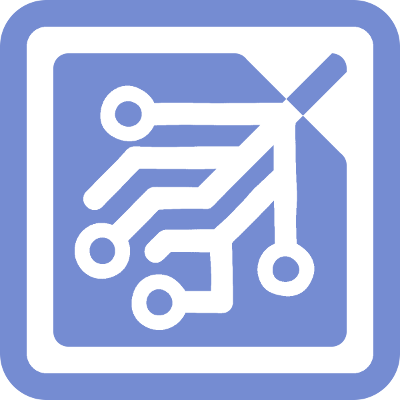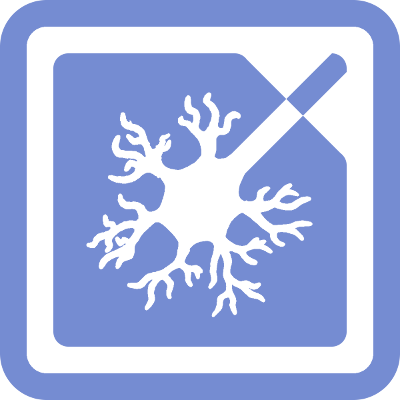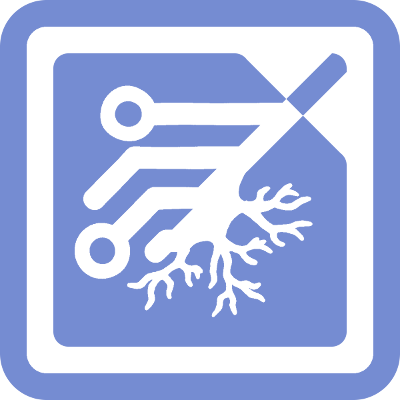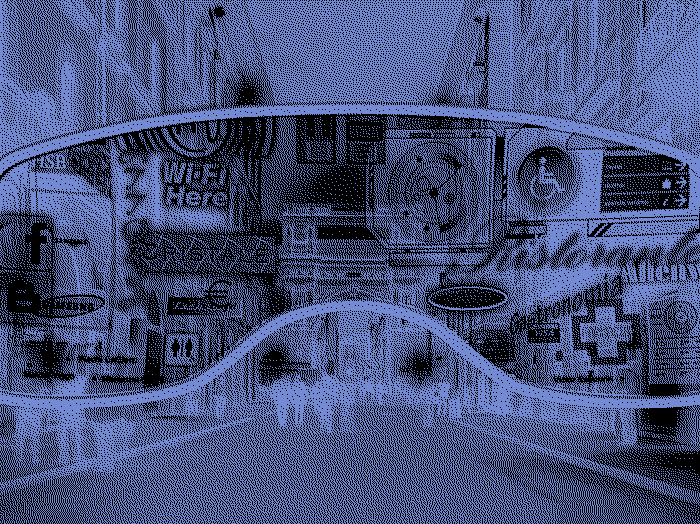In 2094 the mind-body equation was solved leading to the first cybernetically altered human brains. We’ve come a long way since then and in 2112 legal definitions for what would eventually become the intelligence standards were drafted. Informally know as the ABC’s of life, each is additionally defined by levels of sentience. [Note: in 2186 “Variations” was changed to “Varieties” as it was deemed an antiquated perspective.]
 Artificial Intelligence (AI):
Artificial Intelligence (AI):
Lifeforms whose primary thought processing activity is conducted within structures of artificially created and/or processed inorganic materials.
 Biological Intelligence (BI):
Biological Intelligence (BI):
Lifeforms whose primary thought processing activity is conducted within organic birthed and/or artificially created structures in such a way as to produce synaptic activity.
 Cybernetic Intelligence (CI):
Cybernetic Intelligence (CI):
Those lifeforms whose primary thought processing activity is conducted within structures of both organic synapses and inorganic materials, to the extent that intelligent activity would cease should either processing structure be removed, damaged, and/or destroyed.- Augmented Reality
 Artificial Intelligence (AI):
Artificial Intelligence (AI):Lifeforms whose primary thought processing activity is conducted within structures of artificially created and/or processed inorganic materials.
 Biological Intelligence (BI):
Biological Intelligence (BI):Lifeforms whose primary thought processing activity is conducted within organic birthed and/or artificially created structures in such a way as to produce synaptic activity.
 Cybernetic Intelligence (CI):
Cybernetic Intelligence (CI):Those lifeforms whose primary thought processing activity is conducted within structures of both organic synapses and inorganic materials, to the extent that intelligent activity would cease should either processing structure be removed, damaged, and/or destroyed.
Augmented reality (AR) is the transition point between physical reality (PR) and virtual reality (VR). The core concept was initially to augment the PR with elements of the VR; usually for artistic, navigational, social, or marketing purposes. As the AR market evolved both physical and virtual goods and services specifically targeted the AR market. With the advent of cyberbrain technology, many people began to live in AR more so than not; essentially making AR a new frontier. Now tags are posted everywhere, some as simple as projected room decor, dynamic as AR fashion, and others as dangerous as creating imitation PRs. For the most part AR has become a coping mechanism for humans looking to escape their physical realities, and artificial intelligence seeking to expand their digital confines. It has been used extensively by anarchist hackers in recent decades to subvert state controls and laws. Additionally a growing social movement has put some members of their respective realities at odds with others. The most common derogatory titles include psyots (a portmanteau of physical and zealot), glassers (referring to the glasses used with early AR), and ghosts (due to their unseen nature but ability to impact the physical world by way of AR). Though most tensions appear to be caused by humans belonging to anti-AR organizations.

21st Century “Augmented Reality Glasses” being used for navigation and advertising.
- Digital Time Dilation

21st Century “Augmented Reality Glasses” being used for navigation and advertising.
When the earliest testing of digital consciousness transfers began, computing power was limited. The result was the digital consciousness experienced time slower than the passing of time in the physical world, although the distortion was not perceivable by the actual consciousness during the experience. This was corrected before consumer products hit the market thanks to rapidly developing technologies but no temporal standards were enforced. With creative alterations, hackers were able to speed up digital reality and surpass physical reality, allowing them to do complicated illicit activities faster than automated defense systems could defeat. Hard coding a temporal standard defeated illicit activities by less savvy users and allowed for special licensing for recreational high speed digital activities. Despite laws and restrictions, certain secret collectives still operate under increased and occasionally decreased temporal speeds.
The cybernetic slowing of time, known as stasis time or by the slang low time, was initially discovered by researchers working with early cybernetic brain technologies. It proved useful during the following decades in expanding space exploration. Usage has been largely restricted due to it's causal connection to synaptopathy and in extreme cases neuropathy in biological neural networks. Cybernetic intelligences face the same threats as biological intelligences but also the additional risk of syncopathy, the breakdown and subsequent destabilization of the connection between the biological and cybernetic components of their thought processing structures. While still infrequently authorized in scientific efforts, no recreational licenses are permitted.
Cyberneticly increased time, high speed, remains incredibly popular despite various health risks. The legality and licensure process is often said to owe it's entire existence to the high demand of citizens for the service pressuring the corporations into allowing such practices. Recreational high speed vacation parlors are the second largest grossing cybernetic service industry globally. While the average services tend to be extended digital vacations compacted into the time of a physical hour or less; other services such as alternative lives, informatic processing, and dangerous glitch games remain most popular. In 2119 the hacker collective known as R3V0KVLT became famous for circumventing Ventra Corp’s MIDAS security array system in high speed, resulting in the 2121 Intercorporate Temporal Standards and related regional subsections of the accord.-
The cybernetic slowing of time, known as stasis time or by the slang low time, was initially discovered by researchers working with early cybernetic brain technologies. It proved useful during the following decades in expanding space exploration. Usage has been largely restricted due to it's causal connection to synaptopathy and in extreme cases neuropathy in biological neural networks. Cybernetic intelligences face the same threats as biological intelligences but also the additional risk of syncopathy, the breakdown and subsequent destabilization of the connection between the biological and cybernetic components of their thought processing structures. While still infrequently authorized in scientific efforts, no recreational licenses are permitted.
Cyberneticly increased time, high speed, remains incredibly popular despite various health risks. The legality and licensure process is often said to owe it's entire existence to the high demand of citizens for the service pressuring the corporations into allowing such practices. Recreational high speed vacation parlors are the second largest grossing cybernetic service industry globally. While the average services tend to be extended digital vacations compacted into the time of a physical hour or less; other services such as alternative lives, informatic processing, and dangerous glitch games remain most popular. In 2119 the hacker collective known as R3V0KVLT became famous for circumventing Ventra Corp’s MIDAS security array system in high speed, resulting in the 2121 Intercorporate Temporal Standards and related regional subsections of the accord.